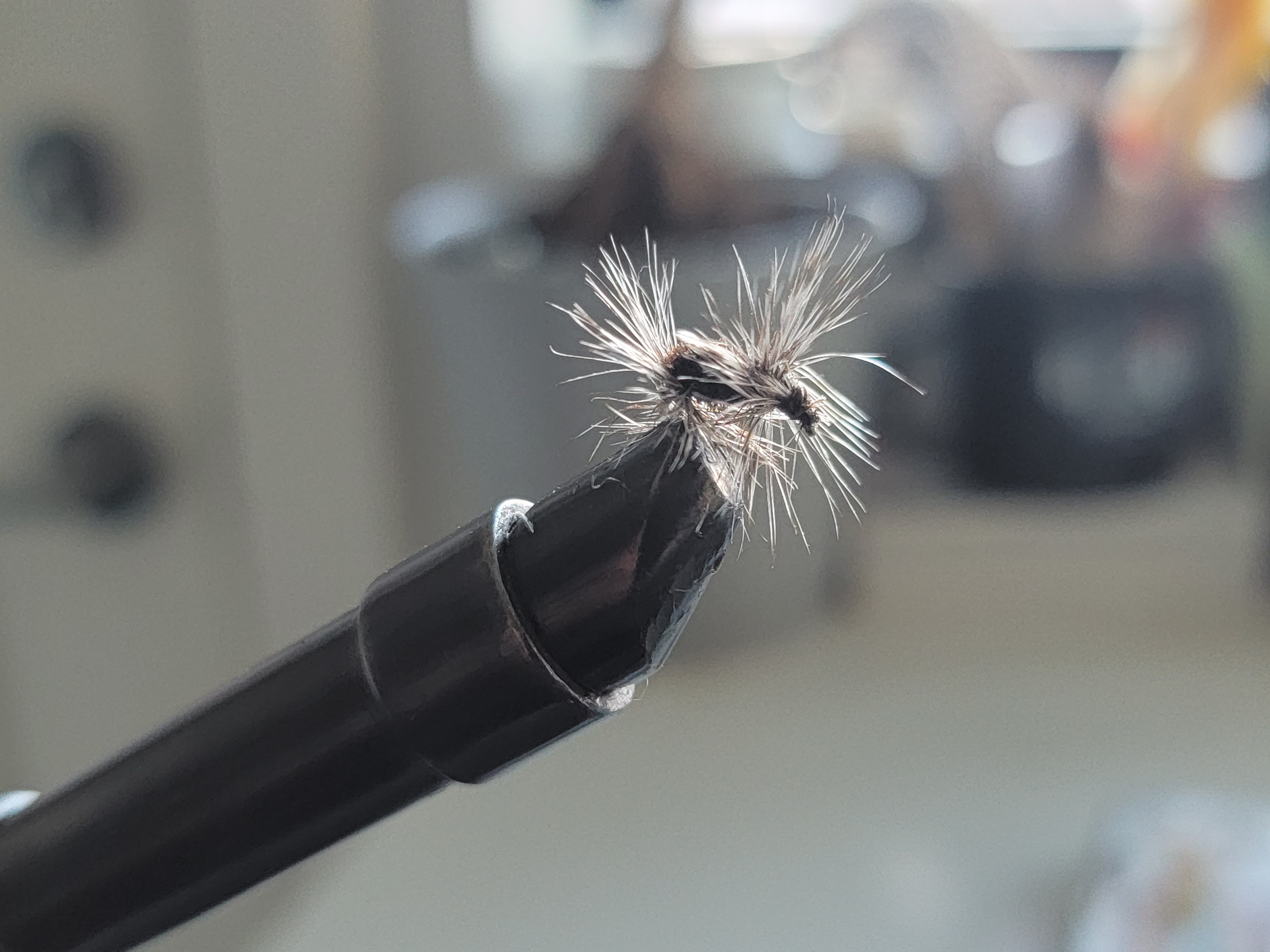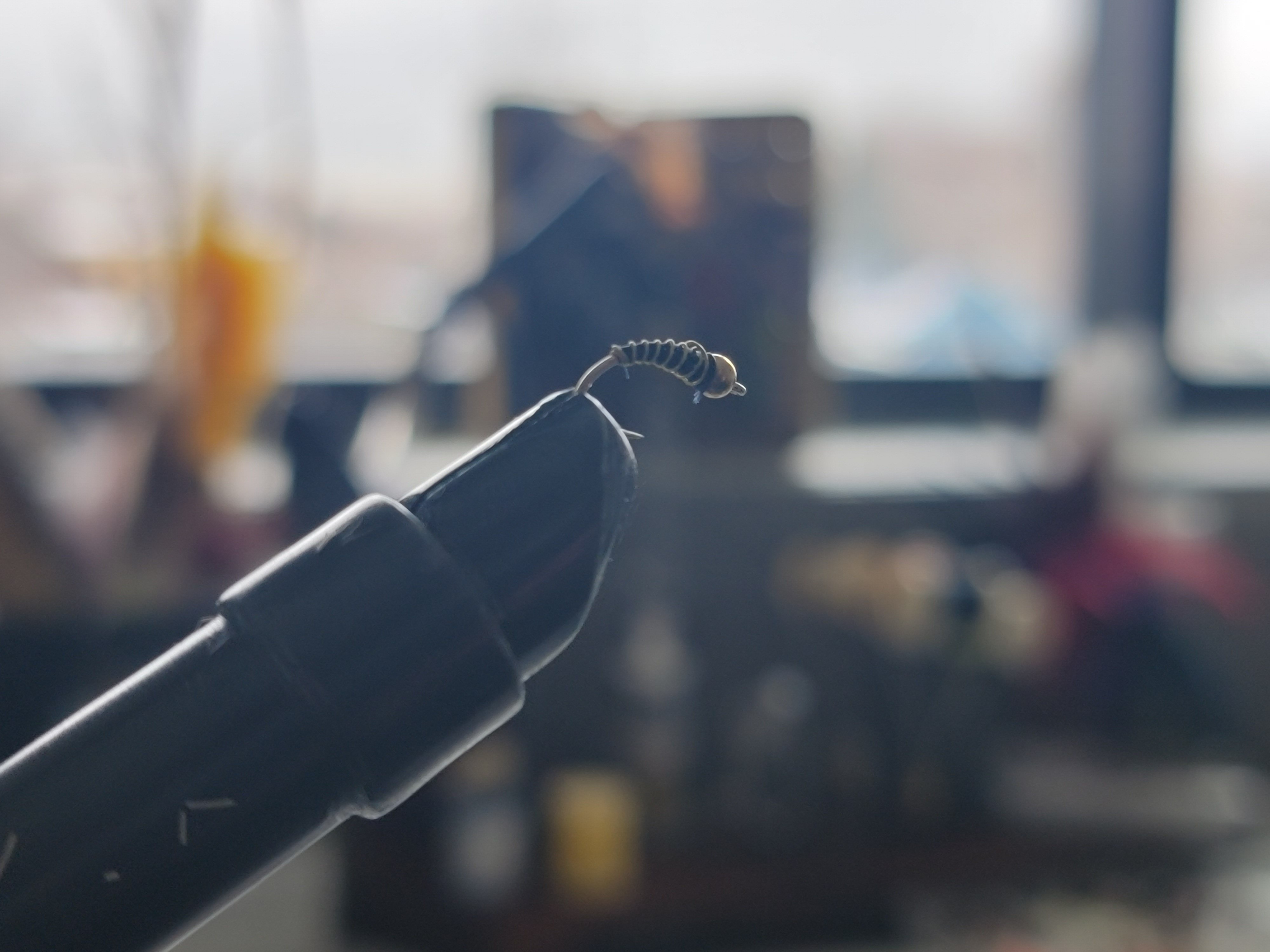Learn the intricate art of tying the Muddler Minnow fly pattern for successful fly fishing adventures.
Selecting the Materials
When tying the Muddler Minnow, it is important to choose the right materials. For the body and tail, you will need deer hair in a natural color such as brown or tan. Additionally, you will need a hook, thread in a matching color, and small copper or gold wire for ribbing. It's also a good idea to have some small pliers or a bodkin to help with the tying process.
Another important material to consider is the muddler head. This can be made from a variety of materials such as cork, foam, or deer hair. Each material will give the fly a slightly different action in the water, so you can experiment and see which one works best for you. Overall, selecting high-quality materials will result in a more durable and effective Muddler Minnow.

Preparing the Hook
Before you start tying the Muddler Minnow, it's essential to prepare the hook. Begin by attaching the hook securely in your vise. Then, take your thread and start wrapping it around the shank of the hook. This will create a solid foundation for the rest of the fly.
Next, tie in the small copper or gold wire along the shank of the hook. This will serve as ribbing for the body of the fly. Make sure to secure it tightly with your thread. Once the wire is in place, you can trim off any excess.
Preparing the hook properly will ensure that your Muddler Minnow is securely tied and able to withstand the challenges of fly fishing.
Tying the Tail and Body
To tie the tail and body of the Muddler Minnow, start by selecting a clump of deer hair. Trim off any excess underfur and short hairs to create a clean and even clump. Then, place the clump on top of the hook shank, with the tips extending beyond the hook bend.
Using tight thread wraps, secure the deer hair to the hook shank. Make sure to maintain even pressure to prevent the hair from spinning around the hook. Once the hair is secure, wrap the thread back towards the hook eye, creating a smooth body.
After the body is complete, wrap the copper or gold wire in even segments along the body. This will create segmentation and add durability to the fly. Secure the wire with thread wraps and trim off any excess.
Tying the tail and body properly is crucial for the Muddler Minnow to imitate the natural movement of a minnow in the water.
Creating the Muddler Head
The Muddler Minnow gets its name from the muddler head, which imitates the head of a small fish. To create the head, start by selecting your desired material such as cork, foam, or deer hair.
If you're using cork or foam, cut a small piece and shape it into a rounded head. Attach it to the hook shank with tight thread wraps, making sure it is secure. If you're using deer hair, select a small clump and remove any underfur and short hairs. Place the clump on top of the hook shank, with the tips extending beyond the hook eye. Secure it with tight thread wraps.
Once the head is in place, trim the excess material and create a neat, tapered shape. This will give the fly a realistic profile in the water. It's also a good idea to add a small amount of head cement or super glue to ensure the head stays in place.
Creating the muddler head is the final step in tying the Muddler Minnow and will give the fly its unique appearance and action.
Finishing Touches
.jpg?width=4000&height=3000&name=20240222_071300%20(1).jpg)
To finish the Muddler Minnow, make sure all the materials are secured with tight thread wraps. Trim off any excess thread and clean up any stray fibers or hairs. This will give the fly a polished and professional look.
You can also add some optional finishing touches, such as adding eyes to the head or applying a thin layer of head cement or UV resin to protect the fly and add durability. These small details can make a difference in the overall effectiveness of the fly.
Once you are satisfied with the appearance of your Muddler Minnow, carefully remove it from the vise. Your fly is now ready to be used for fly fishing. Take it out on the water and see how it performs. Remember, practice and experimentation are key to finding the best techniques and variations for your fly fishing adventures.
.png?width=300&height=100&name=Copy%20of%20Rise%20Beyond%20Logo%2012.31.24%20(300%20x%20100%20px).png)
.png)

.png)
